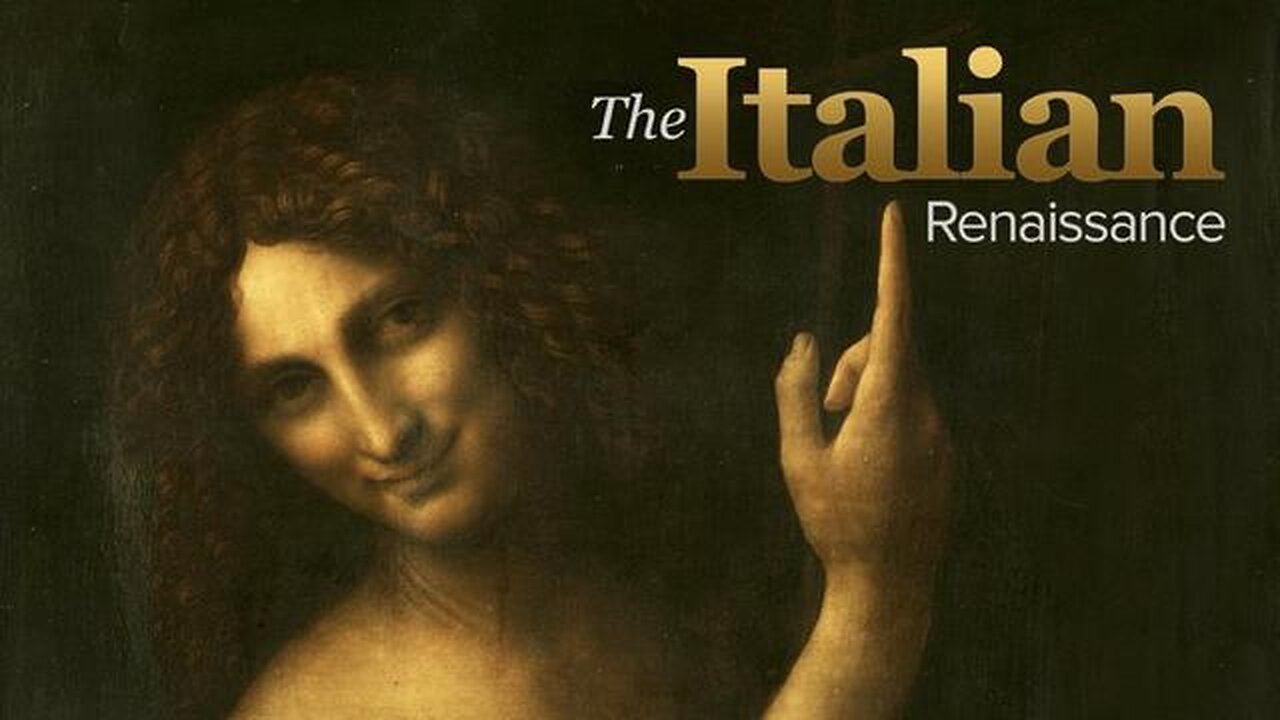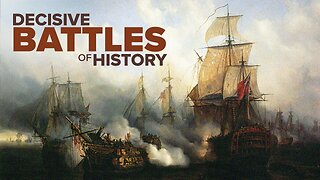Premium Only Content

The Italian Renaissance | The Medici Hegemony (Lecture 11)
Lecture 11: The creation of a guild republic did not end the social and political tension in Florence. Ancient family rivalries, conflicting economic interests between the greater and lesser guilds, and fear of the thousands of disenfranchised woolen industry workers, or ciompi, on the part of property holders all made Florence a fractious place. Various attempts at importing a signore, or lord, to impose order had failed, and the Ciompi Revolt of 1378 had driven the lesser guildsmen into an unequal alliance with the great merchants, whose conservative oligarchic policies were tolerated only out of insecurity.
However, by 1433, the oligarchic faction was becoming ever more unpopular. An unsuccessful war against Lucca galvanized the opposition, which was led by the richest man in Florence, Cosimo de’Medici, who assumed power in 1434. Rather than interfere with the constitution, Cosimo chose to manage the republic indirectly, changing only the way in which eligible candidates for office were selected. He successfully manipulated the republic for 30 years and died respected as “father of his country.” Cosimo was briefly succeeded by his son, Piero (r. 1464–1469), who was not as adept at managing Florentine sensibilities. It was Piero’s son, Lorenzo (r. 1469–1492), known as “the Magnificent,” who continued his grandfather’s tradition.
Secondary Sources:
Mark Phillips, The Memoirs of Marco Parenti: A Life in Medici Florence.
Supplementary Reading:
Alison Brown, The Medici in Florence: The Exercise and Language of Power.
J. R. Hale, Florence and the Medici: The Pattern of Control.
Dale Kent, The Rise of the Medici: Faction in Florence, 1426–1434.
Lecture 12: https://rumble.com/v4xlbz2-the-italian-renaissance-the-florence-of-lorenzo-de-medici-lecture-12.html
-
 30:05
30:05
The Great Courses
2 months agoDecisive Battles of World History | 1942 Stalingrad - Hitler's Ambitions Crushed (Lecture 35)
199 -
 LIVE
LIVE
FyrBorne
11 hours ago🔴Warzone M&K Sniping: Through the Fyr And Flames (Of SBMM)
142 watching -
 LIVE
LIVE
Dorian_D
1 day ago🔴 Dorian's First-Time Mega Man Legends 2 Playthrough: Full Gameplay Adventure!
54 watching -
 41:08
41:08
The Finance Hub
20 hours ago $0.12 earnedBREAKING: MELANIA TRUMP JUST DROPPED A MAJOR BOMBSHELL!!!
4213 -
 16:43
16:43
RTT: Guns & Gear
1 day ago $0.10 earnedBest Day/Night Vision Scope for The Money? DNT Optics ZULUS HD V2
5381 -
 2:12
2:12
The Quiet Part
16 hours agoCensored Everywhere Else: What’s Really Happening With MAID
326 -
 45:22
45:22
Hearts of Oak on DailyClout
17 hours ago"Christina Bobb - Defiant: Inside the Mar-a-Lago Raid and Lawfare Battles"
2951 -
 1:00:00
1:00:00
BEK TV
1 day agoOpen Range
1.16K -
 17:54
17:54
Dr Disrespect
1 day agoDR DISRESPECT vs VAN DAMME in Hitman 3
120K15 -
 10:40
10:40
Nikko Ortiz
18 hours agoMilitary's Best Fights And Fails
112K15